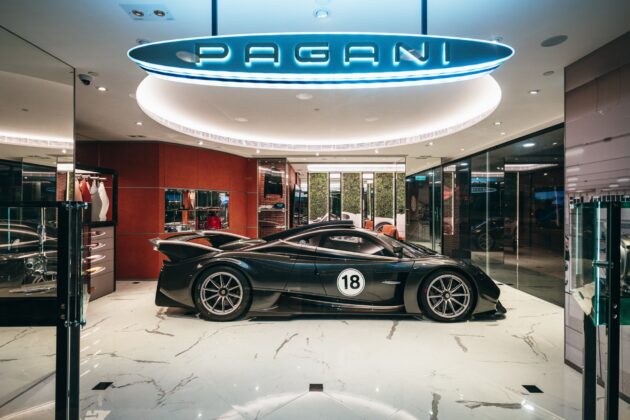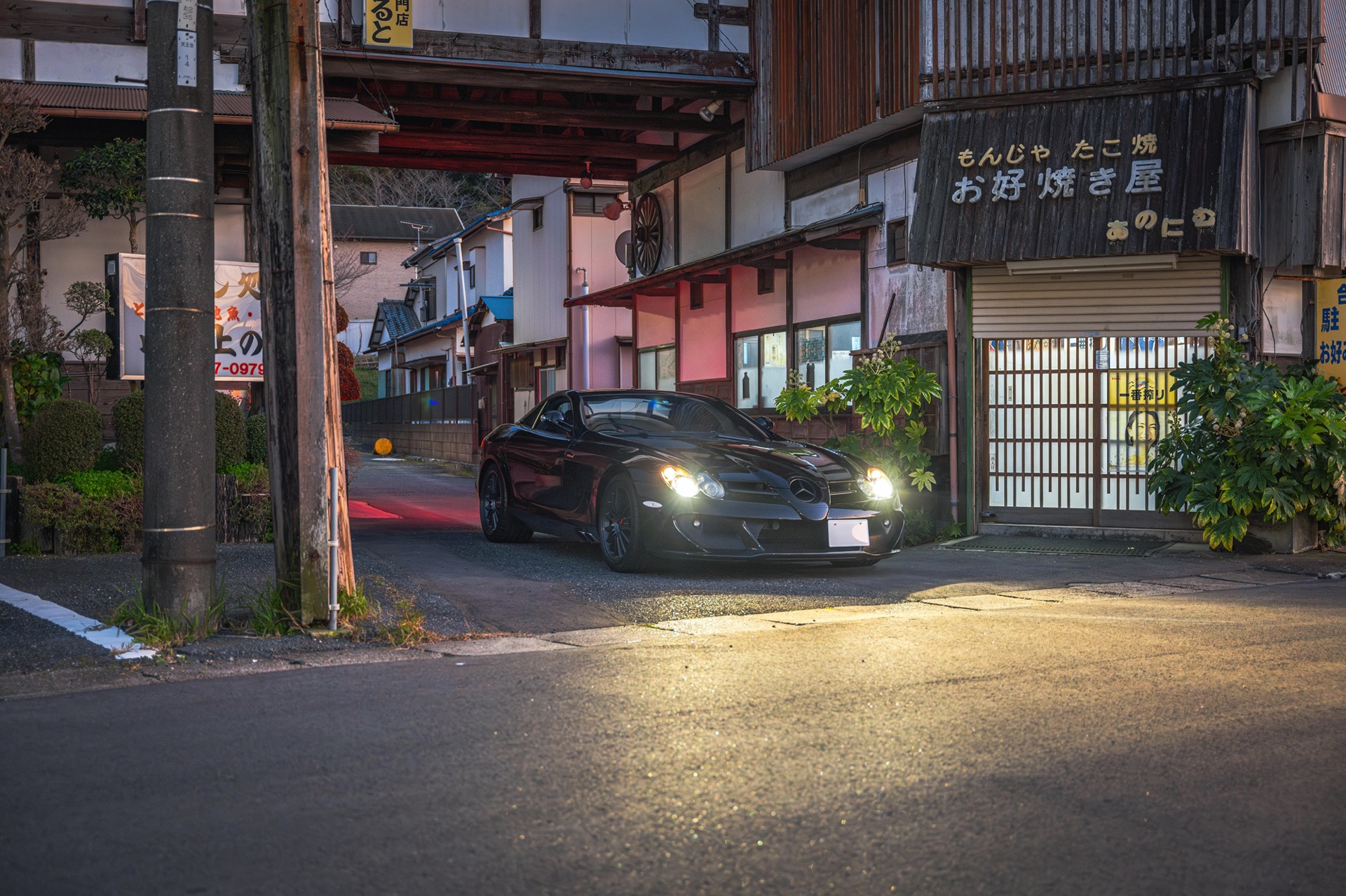Whether you’ve recently come into money or decided that it’s the right time to purchase a high-end car, you might be surprised by the multiple hoops you’ll have to jump through just to spend your hard-earned cash.
When you exist in the upper tax brackets, you’re exposed to opportunities not available to the average person. For instance, if you’re fortunate enough to be in the market for a new supercar, it’s not as simple as walking into a dealership and putting money on the table. Much like visiting a Rolex dealer, you can’t just ask to purchase a product—you must participate in a dance just to be considered for the opportunity.
High-end car retailers consider several factors when deciding who gets what at the dealership. How many cars have you bought from that dealer? How frequently do you purchase cars? What other cars are in your garage? How long do you typically keep your vehicles? Do you tend to flip them quickly for profit? These are just a few questions a dealer might ask when sizing you up. Then the dance begins…
When purchasing a premium car, there are varying levels of exclusivity: in-demand but not limited, in-demand and limited by production, and finally, in-demand with limited production. The more limited the car, the more back-and-forth you’ll have to endure with the dealer.

In-Demand but Not Limited Cars
These include facelifts or new generations of common luxury runabouts—the types of high-end cars you frequently see on the road. These vehicles are daily drivers, produced in large quantities. A great example is the 2025 Mercedes G Wagon, featuring an all-electric powertrain and, more importantly for some, soft-close doors. Walk into a Mercedes dealership today, and they’ll tell you there’s an 18-month wait due to high demand. They’ll take your deposit and spec choice, provided the dealership has allocations. It’s usually a straightforward process, with no dance involved.
In-Demand but Limited by Production
A prime example would be any Porsche GT product, such as the GT3 Touring. Here, you decide whether to buy at market value, often paying a hefty premium for a new car you didn’t spec yourself, or to engage in the dance. Walking into a Porsche dealership and asking for a brand-new 992.2 GT3 Touring is like walking into an Hermès boutique and asking for a Birkin—you’re setting yourself up to be ridiculed. The dealership won’t directly say no but will inform you of a long list of loyal customers who take priority.

Despite the 992.2 GT3 Touring not being a limited-run vehicle, it is limited by production. Porsche will continue building them until the product cycle ends, but demand is so high that premiums are common, especially on 911 models. To vet potential buyers, dealers look for loyalty—previous purchases, long-term ownership, and a history of buying through that dealer.
The Dance Begins
If you’re new to a Porsche dealer and have no recent purchase history, you’ll need to prove your commitment. Consider starting with non-limited models like the Taycan, Cayenne, or a standard 911. Some dealers may even suggest purchasing limited-edition watches as part of the dance. After buying a couple of cars, you might be offered a slot for a 718 GT4/RS or Spyder/RS. These are solid entry points into the Porsche GT world, but they’re not quite the 911.

To be considered for a full-fat Porsche 911 GT product, you’ll need to show consistent loyalty: holding onto your cars, selling through the dealer, and making recurring purchases. Only then will you be in the running for the more coveted models. As for the limited-run vehicles—don’t even get me started.
Shortcuts to the Final Dance
While there are no true shortcuts, you can improve your chances by being among the first customers at a new Porsche centre. New dealerships often look to build their customer base without cannibalising existing customers at other locations. Establishing a relationship early can make you a VIP in their eyes.
The Crème de la Crème: Limited-Run, High-Demand Cars
These are the cars that even the wealthy can’t easily obtain—they’re reserved for the most loyal collectors or those with seemingly unlimited budgets. Publicly listing such a car within the first 12 months of ownership is a major faux pas, often resulting in blacklisting. Manufacturers may require an ownership agreement outlining a minimum ownership term. Despite this, discreet sales do happen through specialist brokers, often under the table and without public pricing.
Dancing with A Horse
Ferrari operates similarly. Their latest halo hypercar, the F80, is limited to just 799 units. To be considered, you must have purchased all the previous special V12s, such as the LaFerrari, Monza SP1/SP2, and Daytona SP3. This ensures the value of these models is retained. Purchasing a Roma Spider or Purosangue won’t guarantee you a slot for a ‘special’ Ferrari. To impress your Ferrari dealer, you might opt for Atelier or Tailor Made options, significantly increasing the car’s value and solidifying your purchase history.

Hypercars: The Couture of the Automotive World
For brands like Bugatti, Koenigsegg, and Pagani, it’s less about proving loyalty and more about proving worthiness. At this level, every vehicle is bespoke, much like a custom-tailored suit. Client relationships are more intimate, with elevated levels of service, exclusive events, factory visits, and private driving tours. The community of owners is close-knit, often becoming part of your social circle.
The ultimate tier is commissioning a one-off special project. This is the realm of the unobtainable—cars made of pure fantasy. Manufacturers may agree to these projects if the budget is unlimited, but R&D costs must be covered, often by producing several examples for other buyers.
Facing the Tears of Unobtainable
These are first-world problems, no doubt. You might find yourself crying in your Ferrari because you weren’t allocated a Versione Speciale slot or scratching your head after purchasing yet another Porsche family car. But, as problems go, there are far worse ones to have.


































